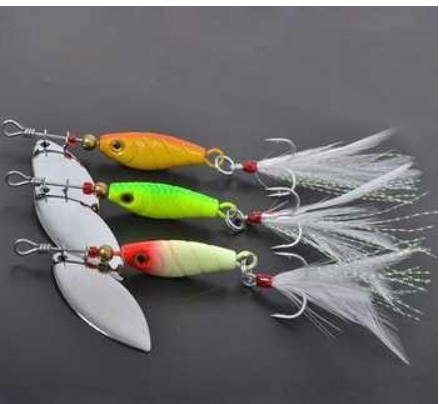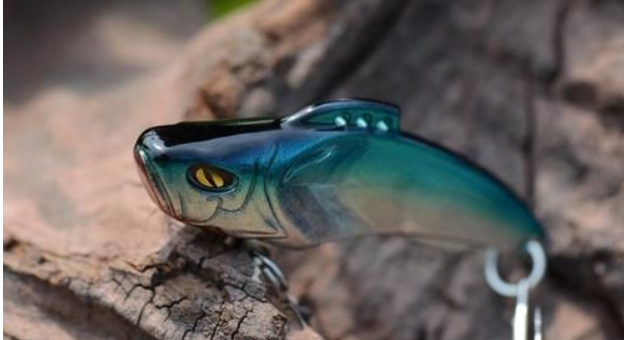Compared to traditional fishing methods, lure fishing is more concise, convenient, and environmentally friendly. In recent years, it has gained increasing popularity among anglers. While the lure fishing technique might seem straightforward, it involves various skills, and different target fish require different lures. Lure fishing uses artificial baits to mimic the swimming actions of small fish, attracting larger predatory fish to strike. For beginners, learning to identify different types of artificial lures is crucial. Selecting the appropriate lure based on the target species is key to getting started quickly.
1. Lure Categories
There is a wide variety of artificial lures in lure fishing. They can generally be categorized by material into soft plastics, hard baits, and metal lures. Beginners often start by targeting species like snakehead, bass, and Asian seabass, making soft plastics one of the most commonly used lures. A distinctive type of soft plastic is the curly tail grub, which is particularly effective for bass. Soft plastics come in various shapes, such as soft shrimp, worm-like baits, and crayfish imitations. The Lei Frog (soft frog lure), frequently used for snakehead, also falls under the soft plastics category. While soft plastics are versatile and appeal to many target species, they can be relatively challenging to master.

2. The Versatile Spinnerbait
Although soft plastics are effective, they can be difficult for beginners to handle. Many novice anglers begin with hard baits or metal lures. Since most anglers practice lure fishing in freshwater environments, choosing metal lures like spinnerbaits can help them get started quickly. Metal lures are user-friendly and known for their strong attraction. For instance, the spinnerbait is considered an all-purpose lure in lure fishing, primarily attracting predatory fish through light reflection. Spinnerbaits are easy to operate and effective for a wide range of target species, even small fish like silver carp.
3. The Deep-Water VIB
Lure fishing opportunities can be limited, often requiring anglers to fish in deeper waters. In such cases, the VIB (vibration bait) is a top choice. This lure is designed for deep-water fishing and typically features a double-hook setup to increase hook-up rates. However, beginners should pay attention to controlling the retrieval rhythm to avoid snagging on underwater structures.
There are many other types of lures with distinct characteristics, such as pencils, metal jigs, and minnows. These lures imitate the swimming movements of small fish, triggering the predatory instincts of target species. This concept is similar to selecting bait based on the target fish—beginners should identify their intended species and choose the appropriate lure to improve their chances of success.

4. Selecting the Right Lure
Common freshwater target species for lure fishing include Asian seabass, bass, and snakehead. Based on personal experience, snakehead are often targeted with frog lures, as they are surface predators. For Asian seabass, a variety of lures can be effective, including minnows, spinnerbaits, pencils, and poppers. Although Asian seabass are upper-water column fish, they feed at various depths and have diverse diets, allowing for a wide selection of lures. Bass are another common target; personally, grub-style soft plastics are frequently used, though other soft plastic worms can also be effective. Therefore, beginners should choose their lures according to the specific species they are targeting.
To quickly get started with lure fishing, it is essential for beginners to familiarize themselves with common target species and select the most suitable lures accordingly. This approach significantly increases the likelihood of a successful catch. Beginners should avoid random selections and start by understanding the different types of lures. The insights shared above are based on personal experience and are intended to assist fellow anglers. As a fellow beginner, I welcome any questions and look forward to mutual learning